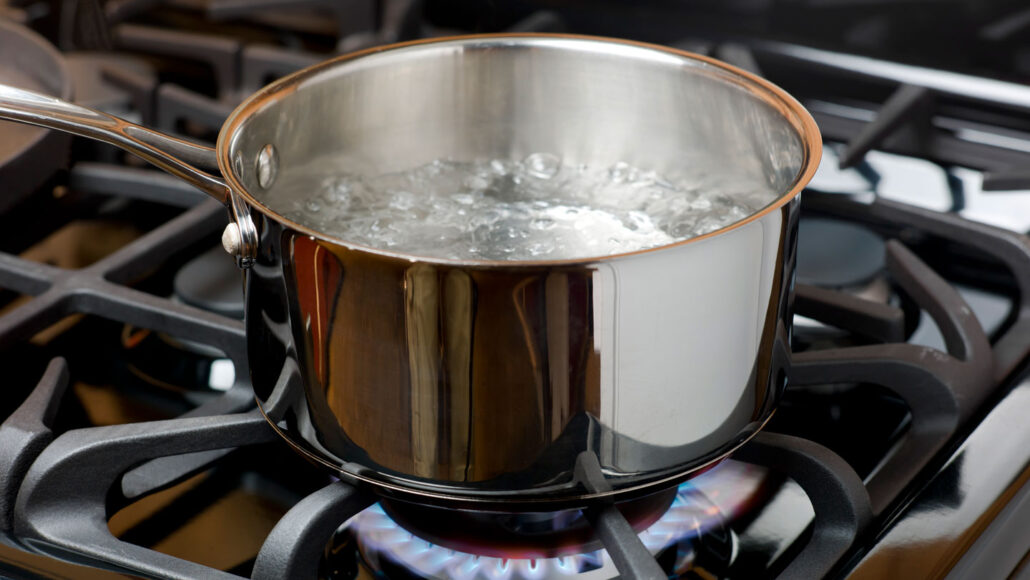atmosphere: The envelope of gases surrounding Earth, another planet or a moon.
buoyant: (n. buoyancy) An adjective for something that can float on or rise above some liquid or gas.
conduction: One of three major ways that energy is transferred. (The other two are convection and radiation.) In conduction, energy is transferred when atoms and molecules bump into each other, with slower, colder particles gaining energy from the warmer, faster ones that slam into them.
convection: The rising and falling of material in a fluid or gas due to uneven temperatures. This process occurs in the outer layers of some stars.
current: A fluid — such as of water or air — that moves in a recognizable direction. (in electricity) The flow of electricity or the amount of charge moving through some material over a particular period of time.
liquid: A material that flows freely but keeps a constant volume, like water or oil.
molecule: An electrically neutral group of atoms that represents the smallest possible amount of a chemical compound. Molecules can be made of single types of atoms or of different types. For example, the oxygen in the air is made of two oxygen atoms (O2), but water is made of two hydrogen atoms and one oxygen atom (H2O).
molten: A word describing something that is melted, such as the liquid rock that makes up lava.
phenomena: Events or developments that are surprising or unusual.
tectonic: Surface activity on a large rocky body (such as a planet or moon) as liquid rock flows up to the surface where it solidifies, then slowly drifts atop molten rock, carrying surface features with it.
thermal: Of or relating to heat.








